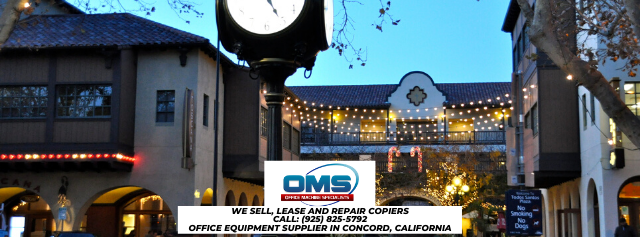Office Machine Services and Sales Solutions
History of Benicia, California
The history of Benicia is filled with interesting occurrences, local, state, and national importance, people and places that sometimes sound more like fanciful legend than historical fact.
HISTORICAL FACTS & HIGHLIGHTS
Almost “Francisca”
Benicia was named in memory of Francisca Maria Felipa Benicia Carillo de Vallejo, General Mariano Vallejo’s wife. Mexico’s last Comandante General of the Free State of Alta California was General Vallejo. He had intended that the city be named “Francisca,” but this name was dropped when the former city of “Yerba Buena” changed its name to “San Francisco.”
A Town that Can’t Keep a Secret
In 1848, on their way to Monterey, Charles Bennett, a carpenter who worked for Sutter’s Mill and a friend, stopped at a hotel. In the midst of a conversation about how fortunate the man who found coal in California would be, they entered the shop. Bennett was boasting: “Coal!” I have something here that will beat coal and make this the world’s greatest country! “He then poured about four ounces of gold nuggets onto the counter. Benicia soon emptied of all able-bodied citizens, with the secret out.
One of California’s “Wandering Capitals”
Benicia served as the state capital for nearly 13 months from 1853 to 1854 (Monterey, San Jose, and Vallejo also took turns until the seat of the California government finally settled in Sacramento).
Ulysses S. Grant’s Stay in Jail
From 1853 to 1854, Benicia served as the state capital for nearly 13 months (Monterey, San Jose, and Vallejo also took turns until the seat of the California government finally settled in Sacramento).
Lt. William Tecumseh Sherman was Adjutant to Col. Richard Barnes at the end of the War with Mexico. His successor at the Benicia Arsenal was none other than Lieutenant Ulysses S. Grant upon Sherman’s retirement in 1853. A common story is that Grant ended up spending 30 days in the Arsenal Guardhouse on the Martinez shoreline for being intoxicated on duty and shooting his cannons.
Helping Keep the “Express” in Pony Express
Benicia became interested in the Pony Express from 1860-1861. They would continue to Benicia and cross over to Martinez via the ferry when riders missed their link with a steamer in Sacramento.
Army’s Short-lived Experiment with Camels
The Camel Barns Complex, part of the Historical Museum of Benicia, takes its name from the contribution of Benicia to the U.S. Military history. The US Army experimented in the 1850s and 1860s with camels, imported from the Mideast, as pack animals. The experiment was abandoned after the outbreak of the Civil War and the animals were sent for sale to Benicia.
Ferries Carrying Trains
A major railroad ferry across the Carquinez Strait from Benicia to Port Costa was founded in 1879 by the Central Pacific Railroad. The world’s biggest ferry, the Solano, later followed by an even larger Contra Costa, transported full trains from Benicia to Port Costa until the 1930s across the Carquinez Strait.
From Arsenal to Artists Community
In 1850, the first ordnance supply depot on the West Coast, providing equipment and munitions for wars from the Civil War through the Korean War, became the military reservation known as “The Arsenal”. None other than President Abraham Lincoln named it as a “military reservation”. It is also home to some of the most noted designers and craftsmen in the Bay Area.
Once Home to a Pulitzer Prize Winner
In 1905, Stephen Vincent Benet’s father, a seven-year-old, took over as Commanding Officer at the Benicia Arsenal, serving until 1911. Stephen was sent off to boarding school at the age of around ten. He later became a well-known poet, novelist, and writer of short stories. He is best known for his American Civil War book-length narrative poem, John Brown’s Body, for which he received a Pulitzer Prize. Thomas Benet, his uncle, is a member of the Historical Society of Benicia and the Historical Museum of Benicia.
This amazing landmark in Benicia, California is located near some other must-see places of interest:
- Benicia Capitol State Historic Park
- Glass Beach
- Benicia Historical Museum at the Camel Barns
- Benicia State Recreational Area
- Benicia Arsenal
- Benicia Main Street: First Street
- Lindsay Art Glass
- 9th Street Park (AKA the 9th Street Pier)
- Fischer Hanlon House
All of these wonderful landmarks are located just a short distance from our location at 1091 Shary Circle in Concord, California! Stop by for a visit anytime!
